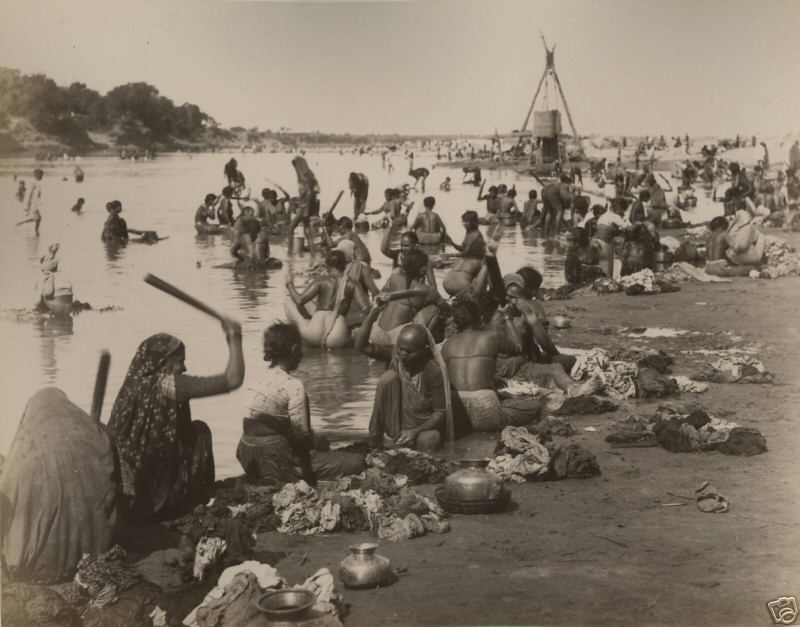Demographic shocks and women’s labour market participation: evidence from the 1918 influenza pandemic in India
by James Fenske, Bishnupriya Gupta and Song Yuan (University of Warwick)
This research will be presented during the EHS Annual Conference in Belfast, April 5th – 7th 2019. Conference registration can be found on the EHS website.

Women’s labour force participation is an important driver of economic development and gender equality. Historically, India has had low female participation in economic activities outside the home. Researchers have cited early marriage, social conservatism and limited comparative advantage of women in certain types of agriculture among the potential explanations.
Despite economic growth, female labour force participation has fallen in recent years, generating several important studies. Our research, to be presented at the Economic History Society’s 2019 annual conference, considers the response of female labour force participation to one major demographic shock – the 1918 influenza pandemic.
Past studies have looked at the wartime mortality of men as a demographic shock affecting the total supply of labour, and have found that this affects women’s labour market participation. The empirical evidence of other types of demographic shock due to epidemics is more limited.
Our research focuses on India and aims to understand the impact of the large-scale demographic shock that was the 1918 influenza pandemic, in the context of a society in which female labour market participation had typically been low due to cultural norms.
From 1918 to 1919, a deadly influenza epidemic hit India, and caused more than 13 million deaths, equivalent to 5% of the population. In contrast to typical epidemics, which are disproportionally deadly to immunologically weak individuals such as infants and the very old, this epidemic primarily caused deaths among young adults between the ages of 20 and 40.
The mortality rate varied greatly across districts, ranging from 1.4% to 17.9% of the population in our sample. We focus on three questions: did the 1918 influenza pandemic increase or decrease female employment? If so, why? Was this effect persistent?
To answer these questions, we combine detailed district-level historical census data on occupations by gender from 1901 to 1931 with data from multiple sources on influenza mortality, marital statuses by age and gender, and wages.
Using an event-study approach, we find that a 1% increase in the mortality rate raised the female labour force participation rate by 1.2% in 1921 and the change was concentrated in the service sector. But this was transitory, disappearing by 1931. By contrast, the pandemic did not affect the labour force participation of men at either the district or district-by-sector level.
How do we explain the labour market effects of the pandemic? Possible causal channels will have affected either the supply of or the demand for female labour. One possible channel is that the death of men increased the share of widows in the population. As household income was generally earned by men, widows were pushed to participate in the labour market in order to mitigate the negative economic shock.
On the other hand, the rise in the proportion of widowers had no impact on male labour force participation, as most men worked before the disaster, whether widowed or not. In addition, the pandemic led to a shortage of labour, potentially increasing wages, inducing women out of the home and into the labour force.
Our findings provide evidence that negative demographic shocks alter the working behaviour of women, at least in the short run. In contrast with previous research on events such as the slave trade and the two world wars, which have considered sex-biased demographic shocks, we show that shocks that are not sex-based can also play a role in determining female employment. Further, it enables us to understand the historical dynamics and determinants of female economic and social status in India.

